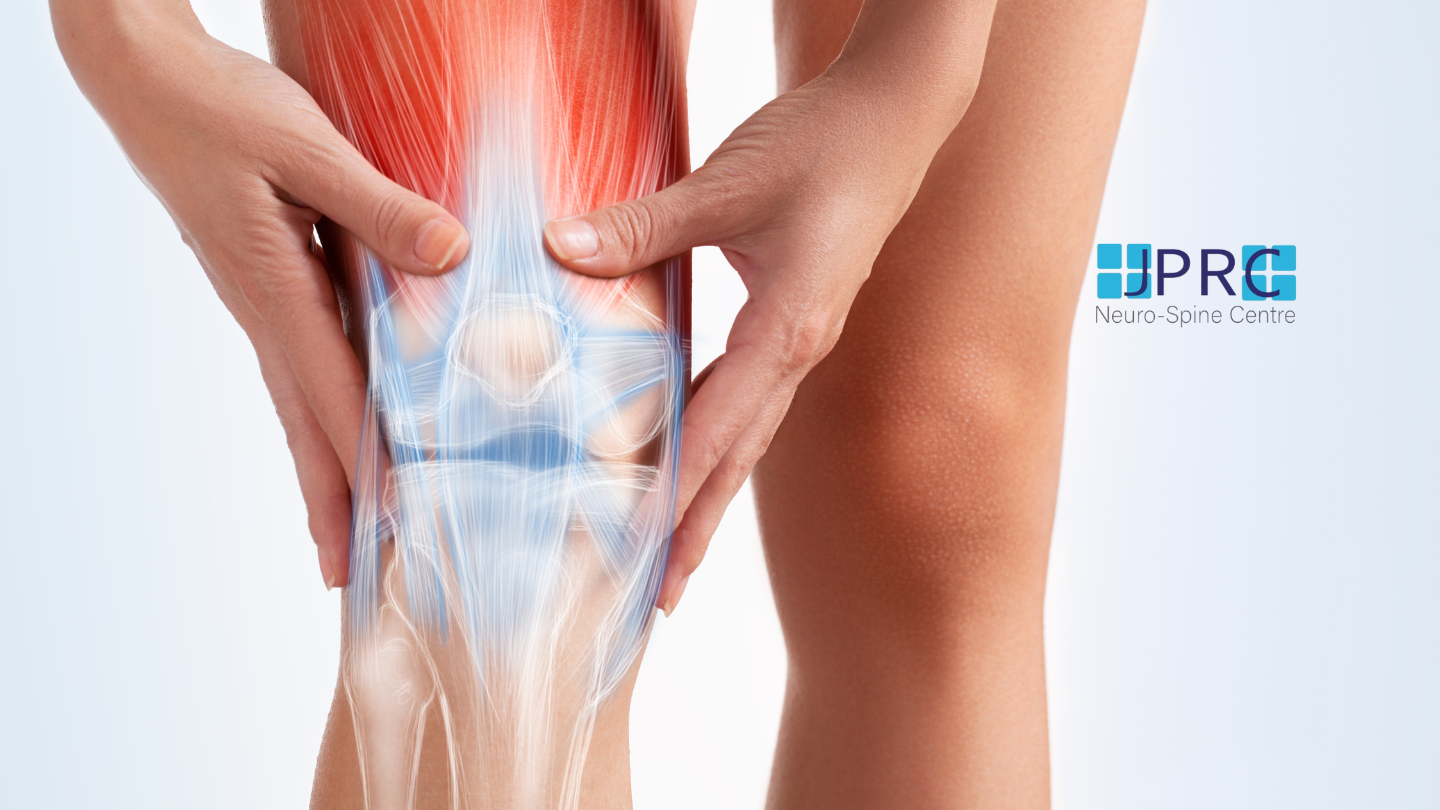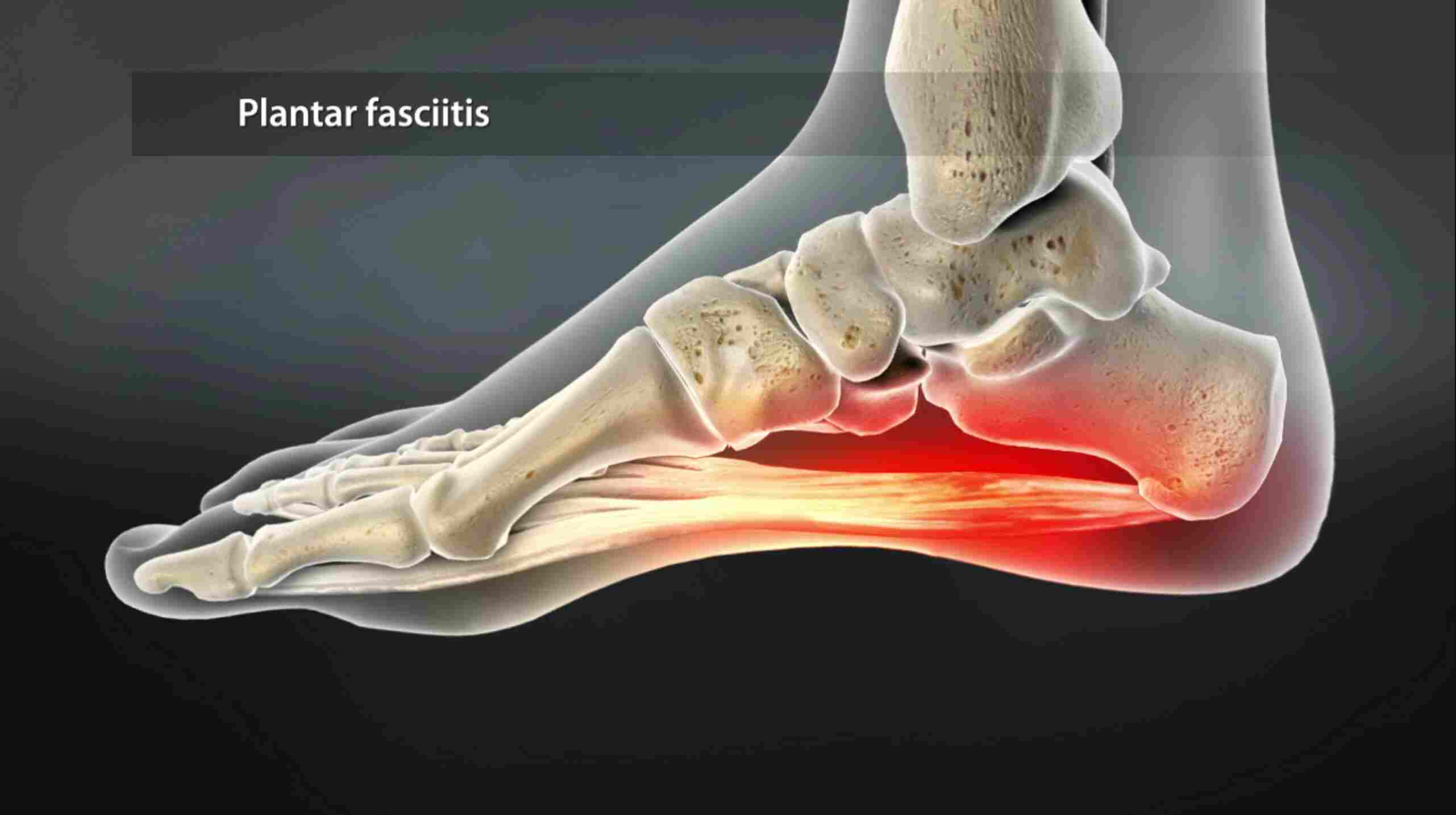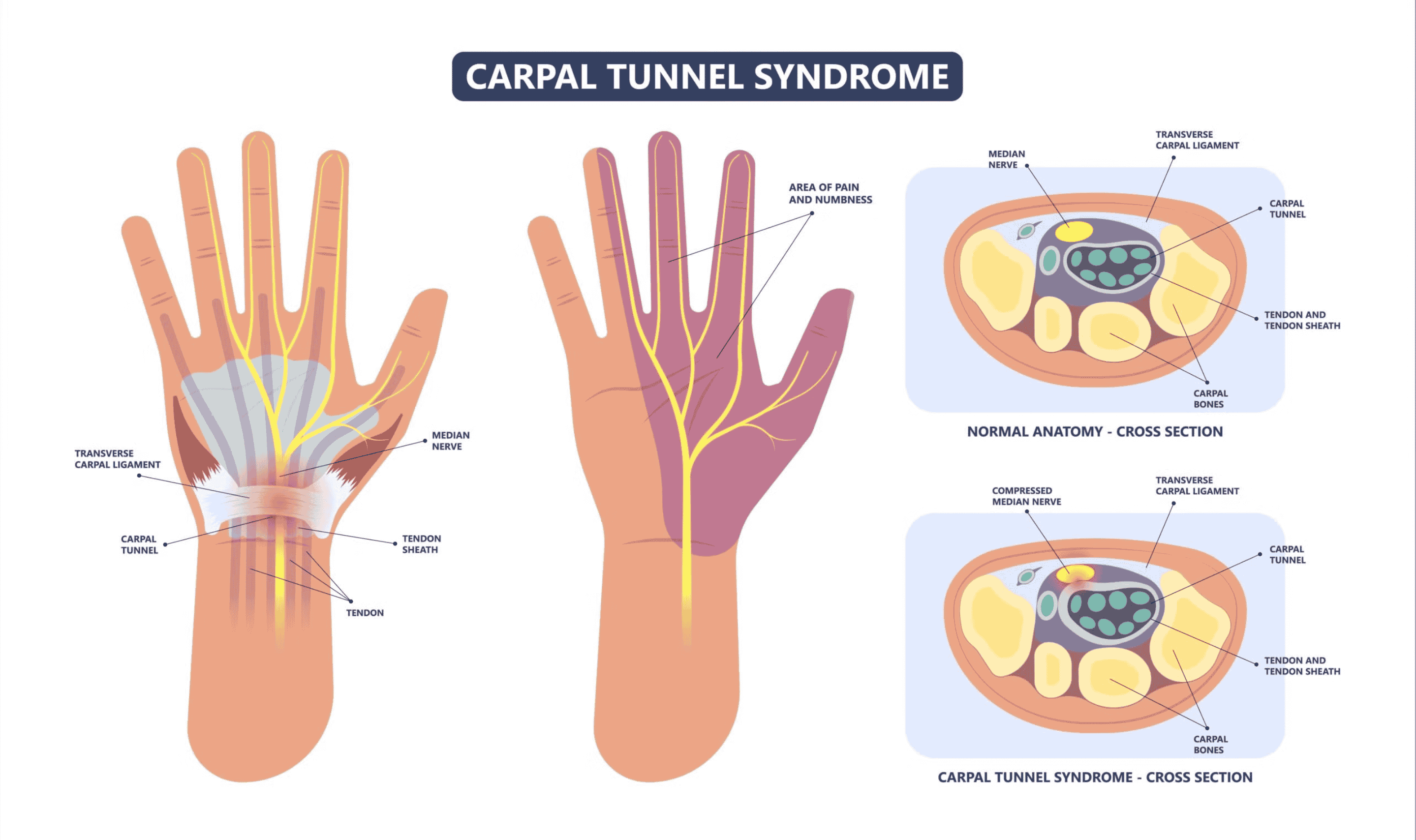Plantar Fasciitis
Overview
The plantar fascia is a thick band located at the base of the foot and connects the heel bone to the toes. The inflammation of this band is termed plantar fasciitis. The condition is also related to intense pain in the heel, which is usually a stabbing type of pain. It tends to worsen in the morning and settles down as an individual starts doing daily chores and walks around.
The condition is most commonly seen in athletes and runners or those who are overweight. Wearing shoes with inadequate support is also known to be associated with the origin of plantar fasciitis.
What are the symptoms of plantar fascitis?
Here are some of the main symptoms of plantar fasciitis:
1. Stabbing pain: The condition is characterised by typical stabbing pain at the base of the foot near the heel area.
2. Pain gets better with the day: Th pain worsens when individuals receive and tend to get better when they start doing daily chores.
3. Triggered by long-standing: Th pain might even get worse with the activities that include long-standing. Also, the pain might aggravate after the exercise for most of the patients.
What causes plantar fasciitis?
Our feet tend to bear the weight of our entire body, which is indeed a tremendous job. The plantar fascia, a soft cushion that acts as a shock absorber and has the shape of the bowstring, supports the foot's arch. Due to any reason, if there is extra pressure or stress on these bowstrings, it tends to get ruptured and consequently leads to eth inflammation of the fascia with repeated tearing or stretching. Though, most of the patients who get diagnosed with the condition have unknown causes.
What are the risk factors of Plantar fascia?
Below mentioned are some of the risk factors that increase the chances of an individual getting affected by the condition:
1. Age: It has been seen that the condition affects people in the age group of 40-60 years.
2. Exercises: Certain exercises tend to put a lot of pressure on the heel and the adjoining tissues. Such practices include aerobics, ballet dancing, long-distance running, and many more. Such activities can also increase the risk of developing plantar fascitis in an individual.
3. Abnormal foot mechanics: Individuals with abnormal foot mechanics like a high arch, flat feet, or even walking patterns have been responsible for plantar fasciitis due to additional pressure on the fascia.
How is the condition diagnosed?
Apart from the medical history and the physical examination by the pain physician and neurosurgeon, there are specific tests that rule out the presence of plantar fasciitis. The doctor advises imaging Tests like X-Ray and MRI to check for the reason behind the pain in the heel.
How is plantar fasciitis treated at our centre?
1. There are a few options your doctor could try to ease your pain and reduce inflammation in your foot. They might even recommend you try a few therapies at the same time. These include:
2. Medication . Nonsteroidal anti-inflammatory drugs (NSAIDs) will help with your pain and reduce inflammation of the plantar fascia. Your doctor may prescribe multiple doses a day for several weeks.
3. Steroid injection. If your pain is severe or doesn't respond to prescribed NSAIDs, you might want to think about getting a steroid injection.
The steroid is injected into the most painful part of your plantar fascia. It may help ease your pain for about a month, But it will keep the inflammation down for even longer than that.
4. Physiotherapy: Exercises advised for treating plantar fasciitis include stretching of the plantar fascia and Achilles tendon. Th exercises are also prescribed for strengthening the muscles of the lower leg.










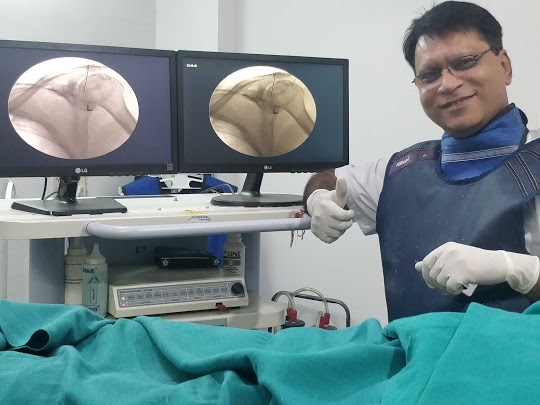






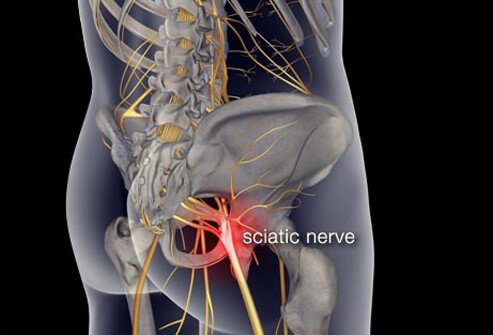






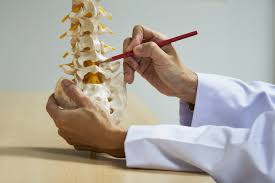
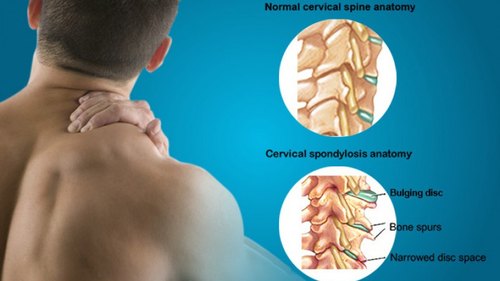







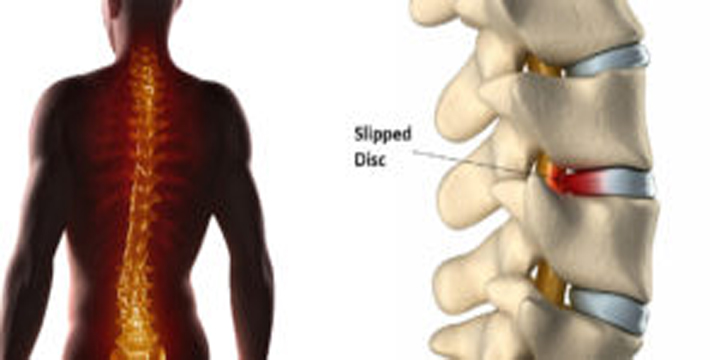
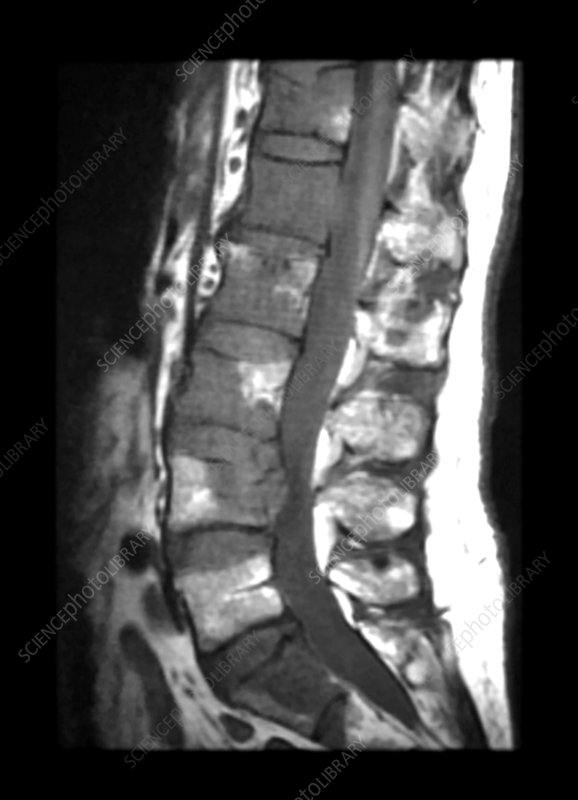




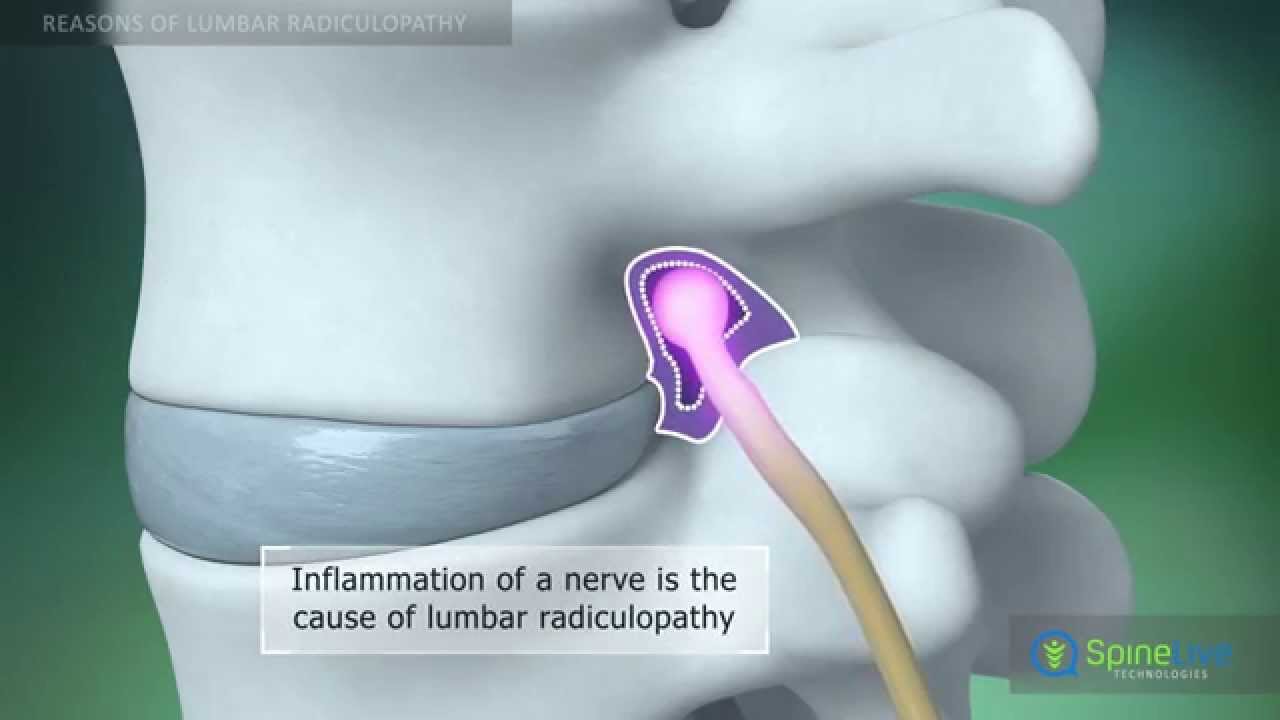
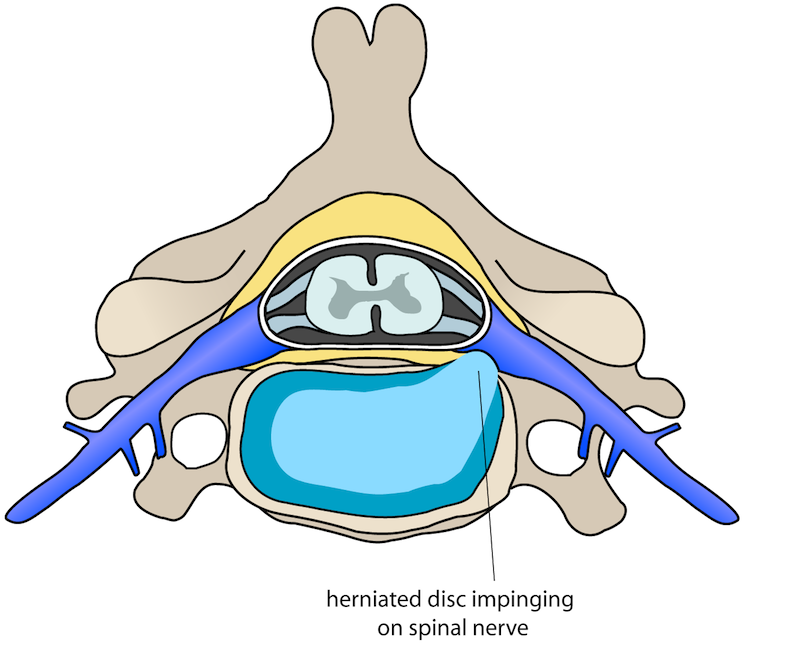
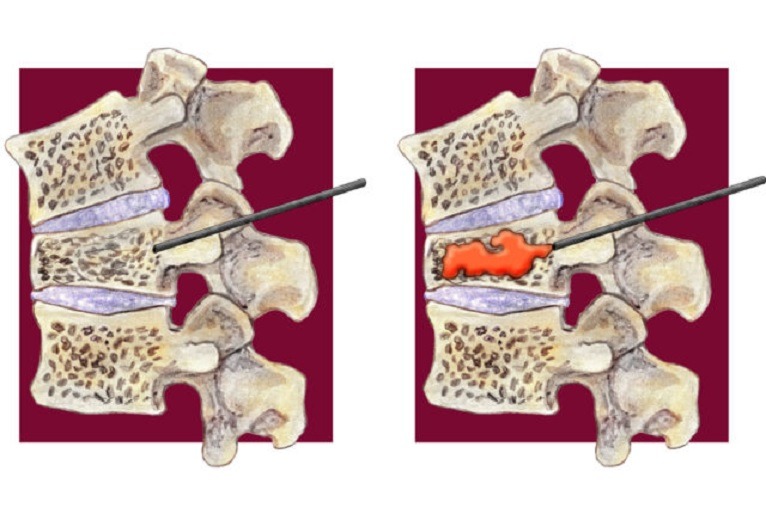












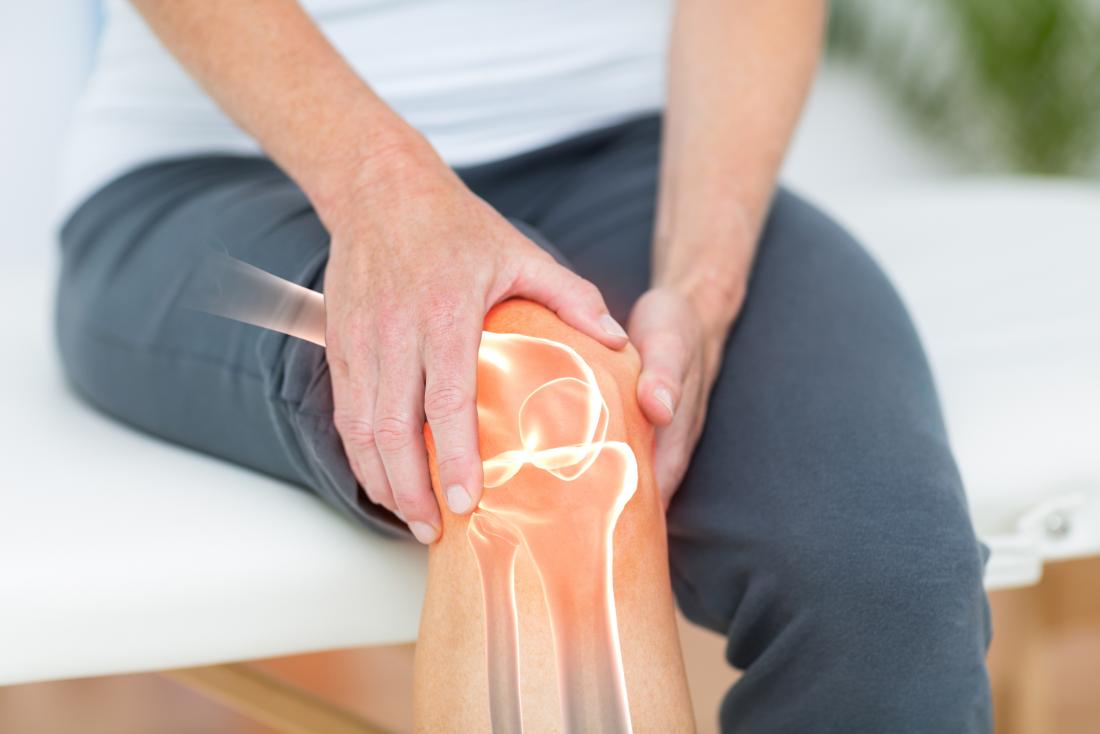
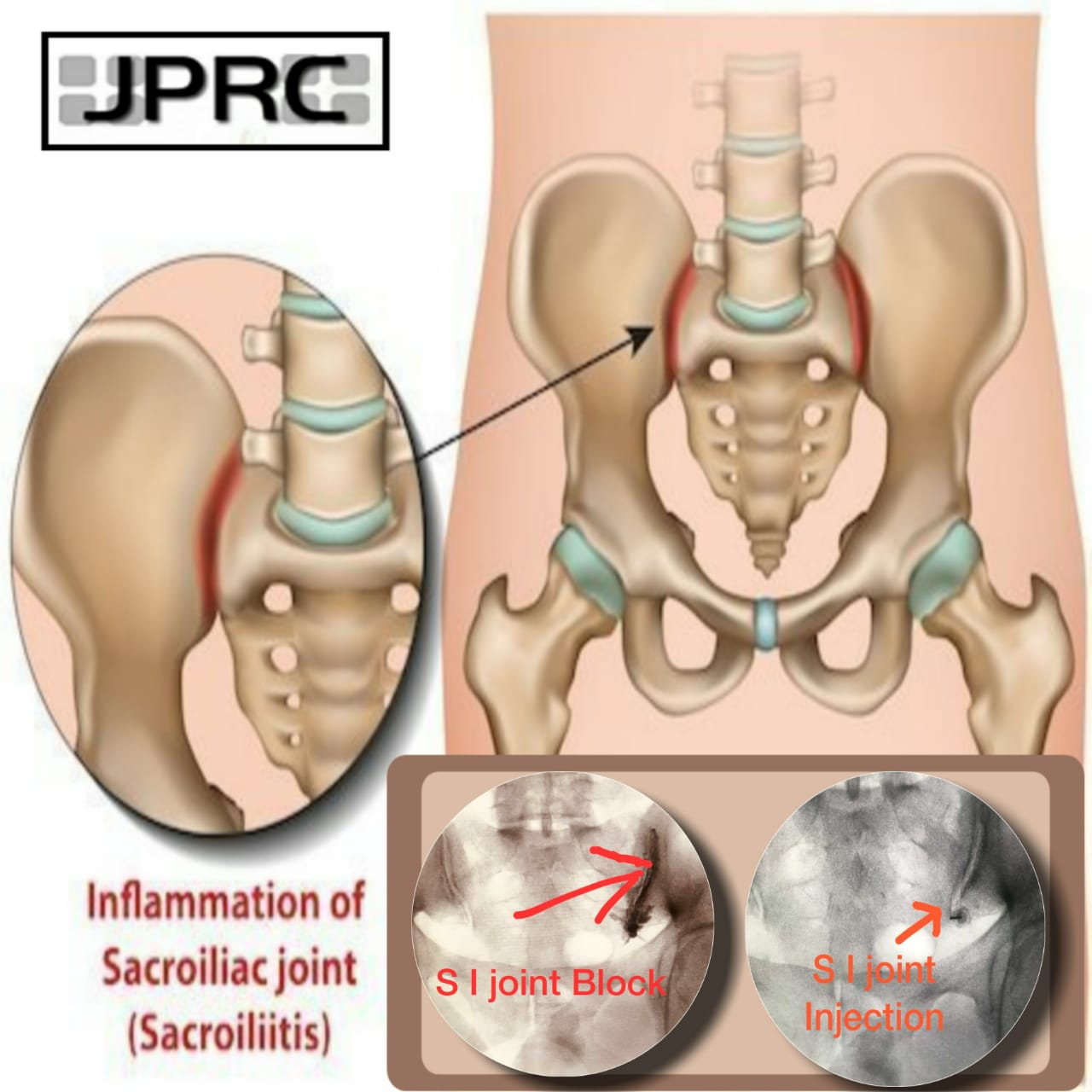










.jpg)




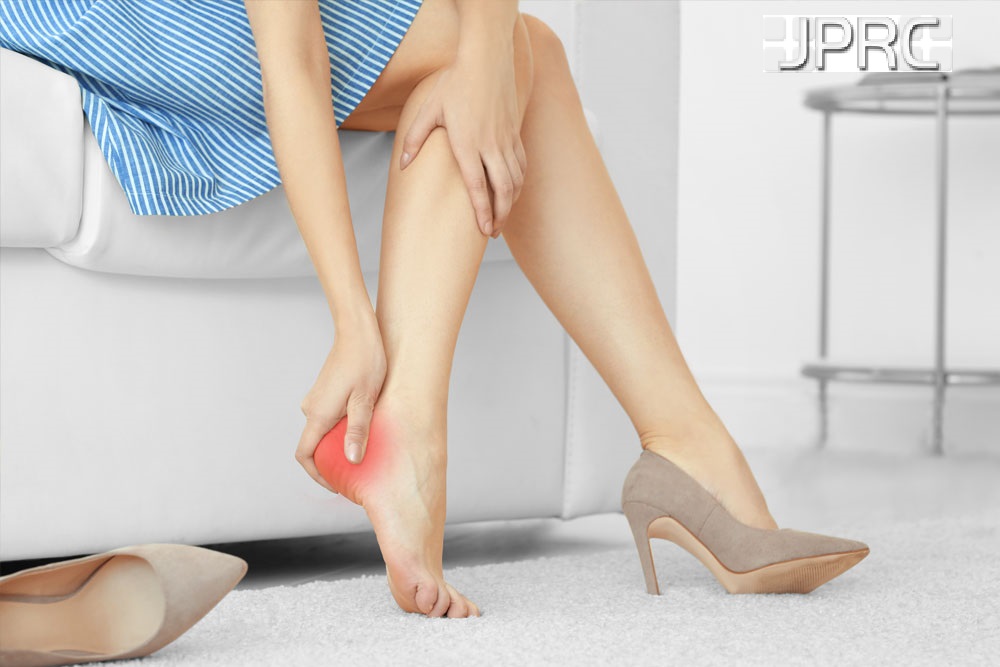

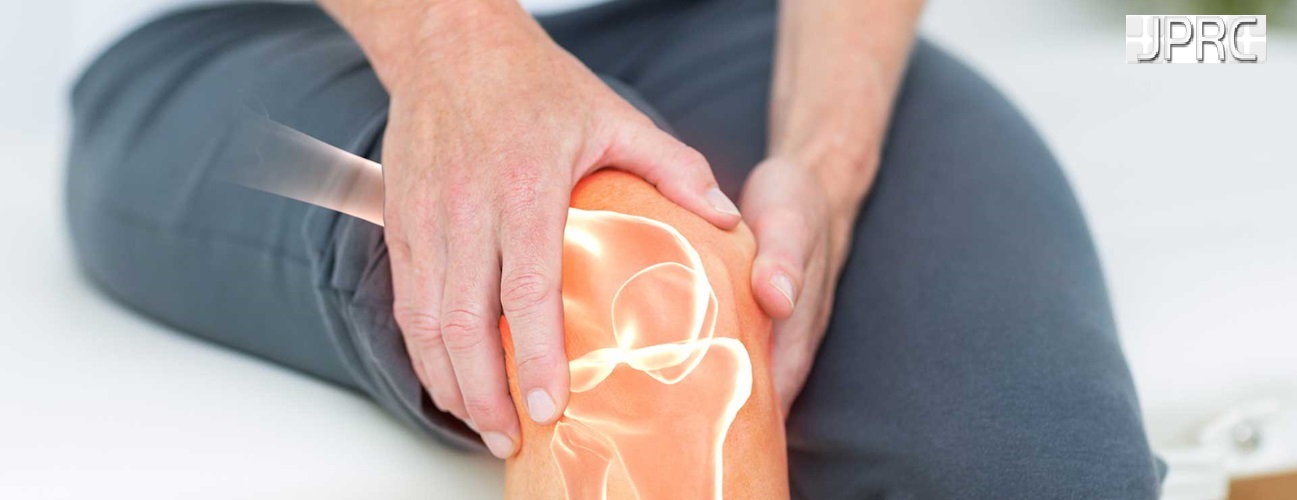

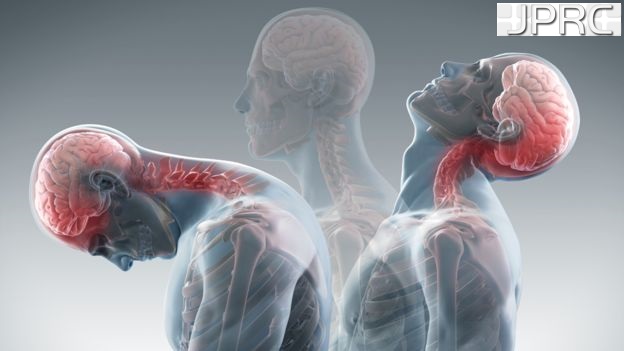


_Injection_Description_in_Hindi.jpg)
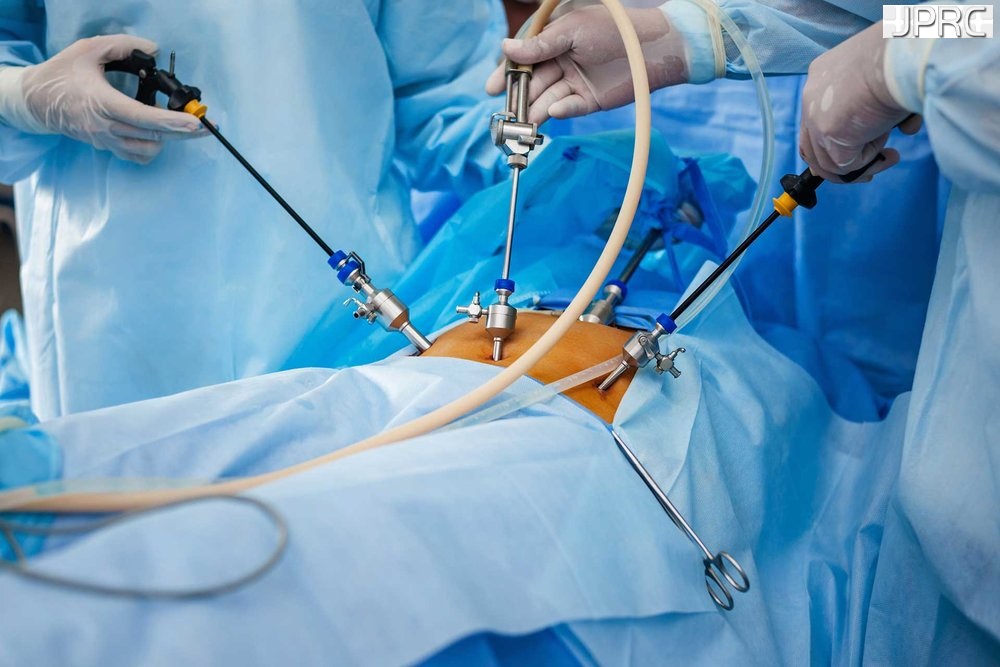

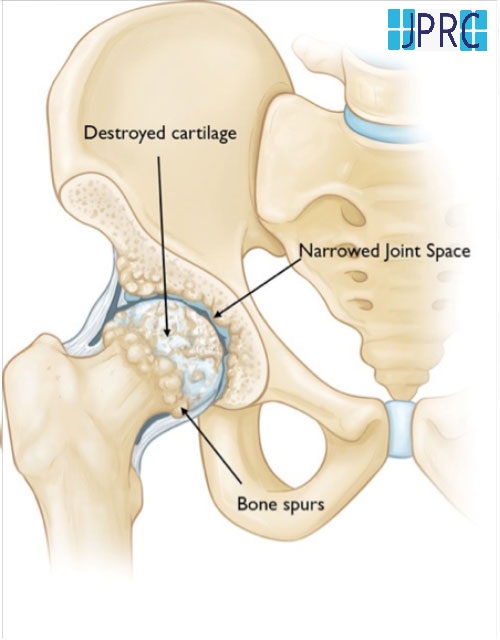



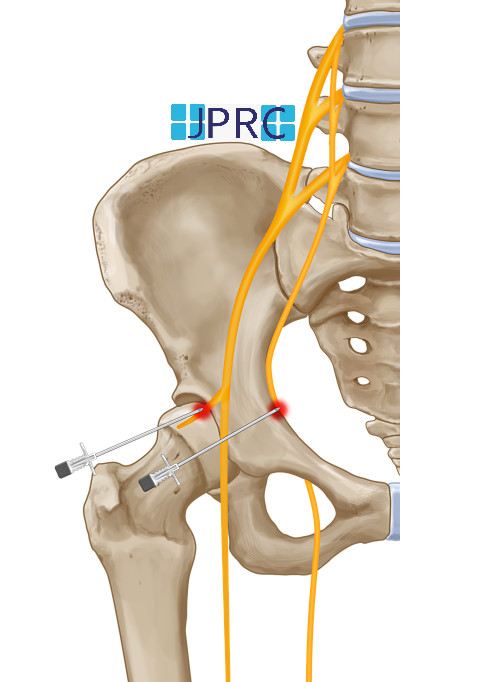


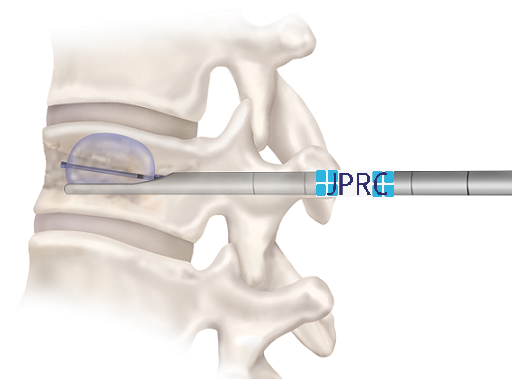





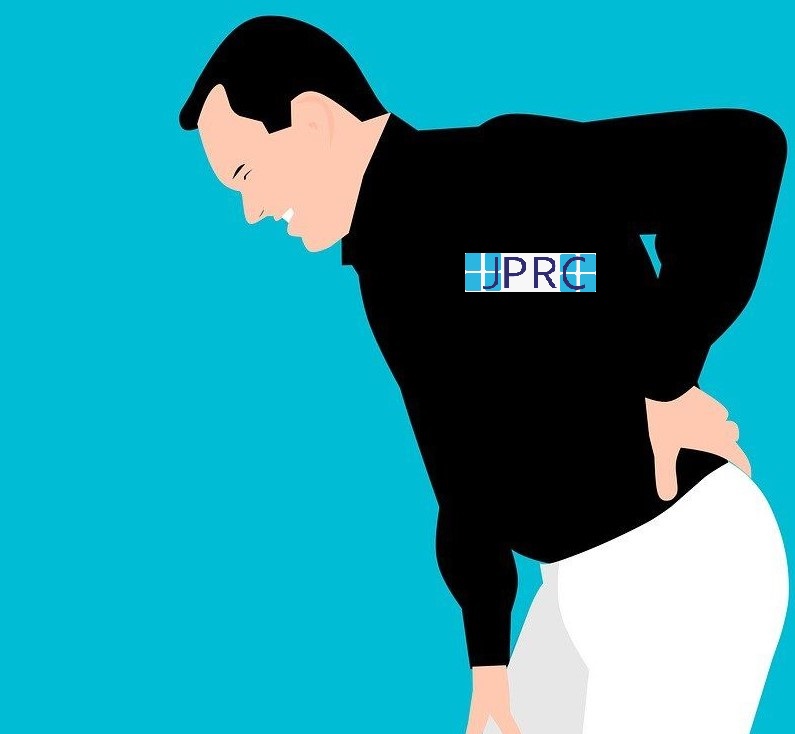
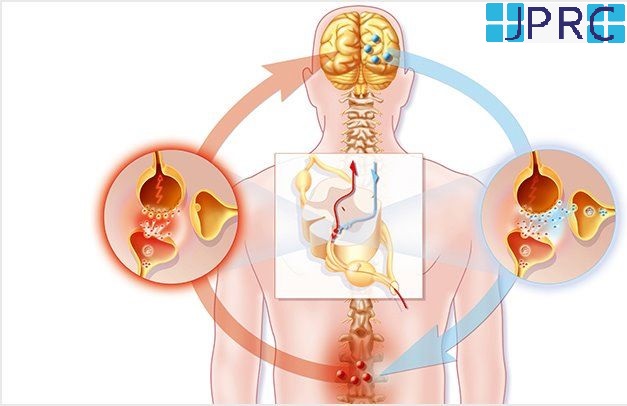


.jpg)
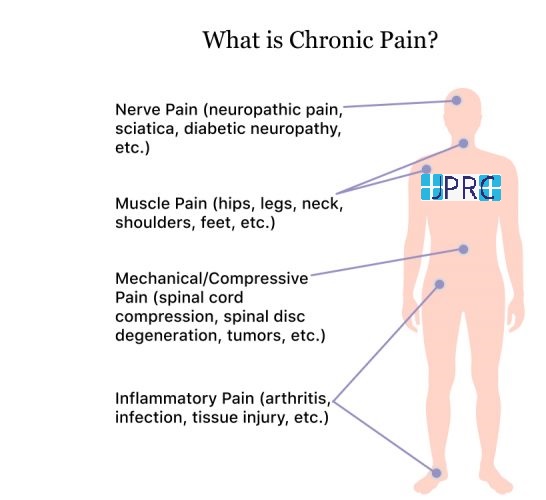









.jpg)




.jpg)
.jpg)
.jpg)



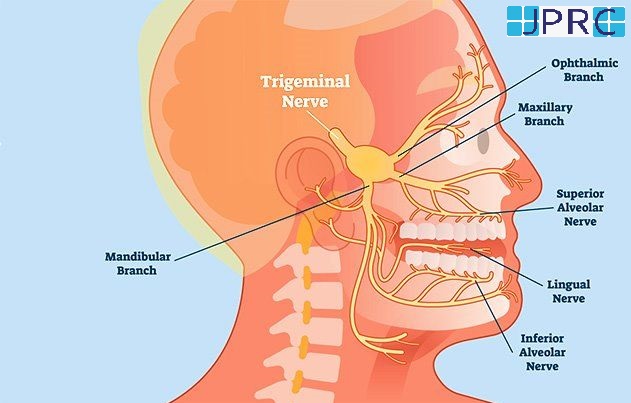



.jpg)
.jpg)
.jpg)
.jpg)
.jpg)
.jpg)
.jpg)
.jpg)
.jpg)
.jpg)
.jpg)
.jpg)
.jpg)
.jpg)
.jpg)
.jpg)
.jpg)
.jpg)
.jpg)
.jpg)
.jpg)
.jpg)






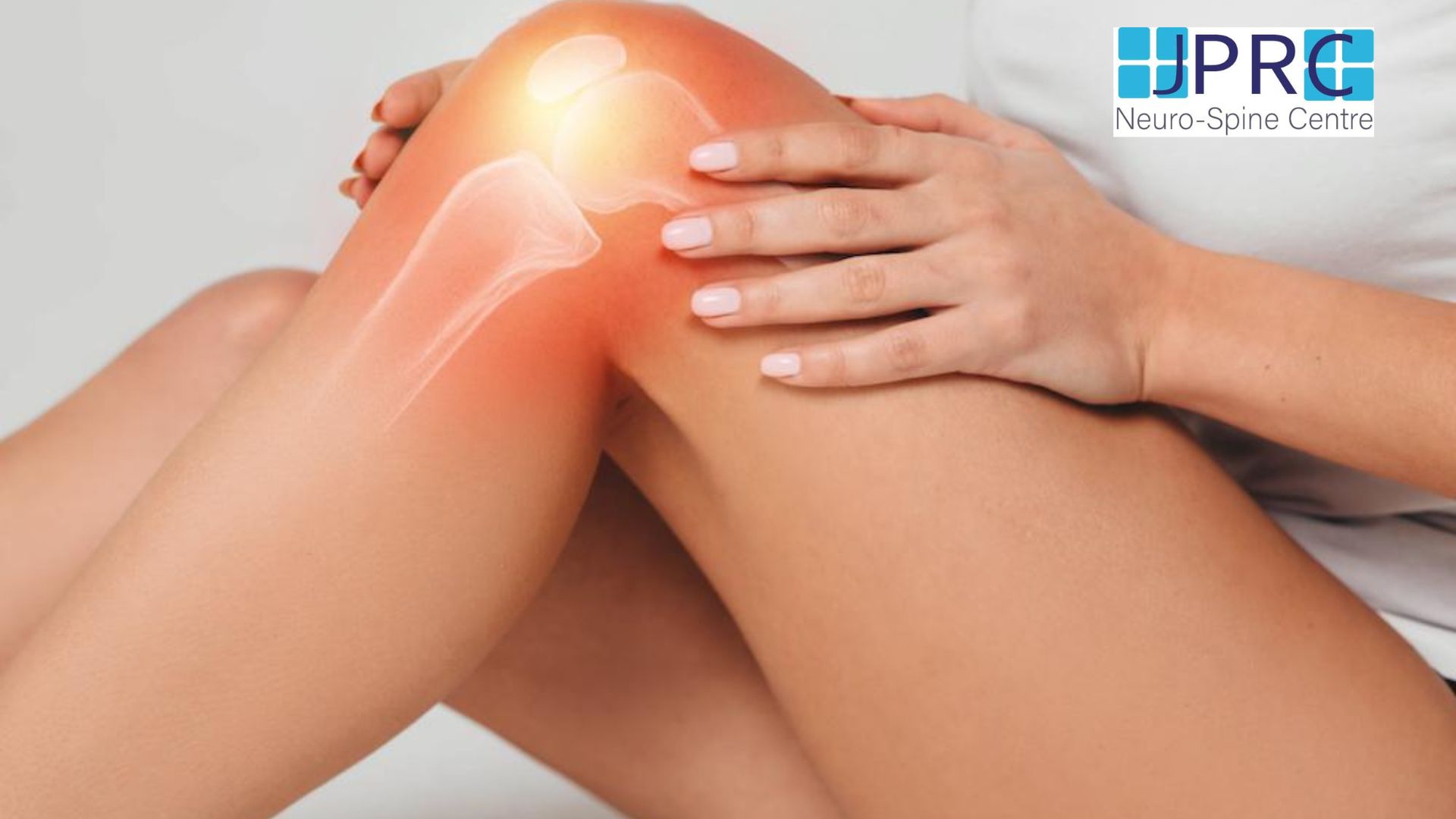

1.jpg)
1.jpg)
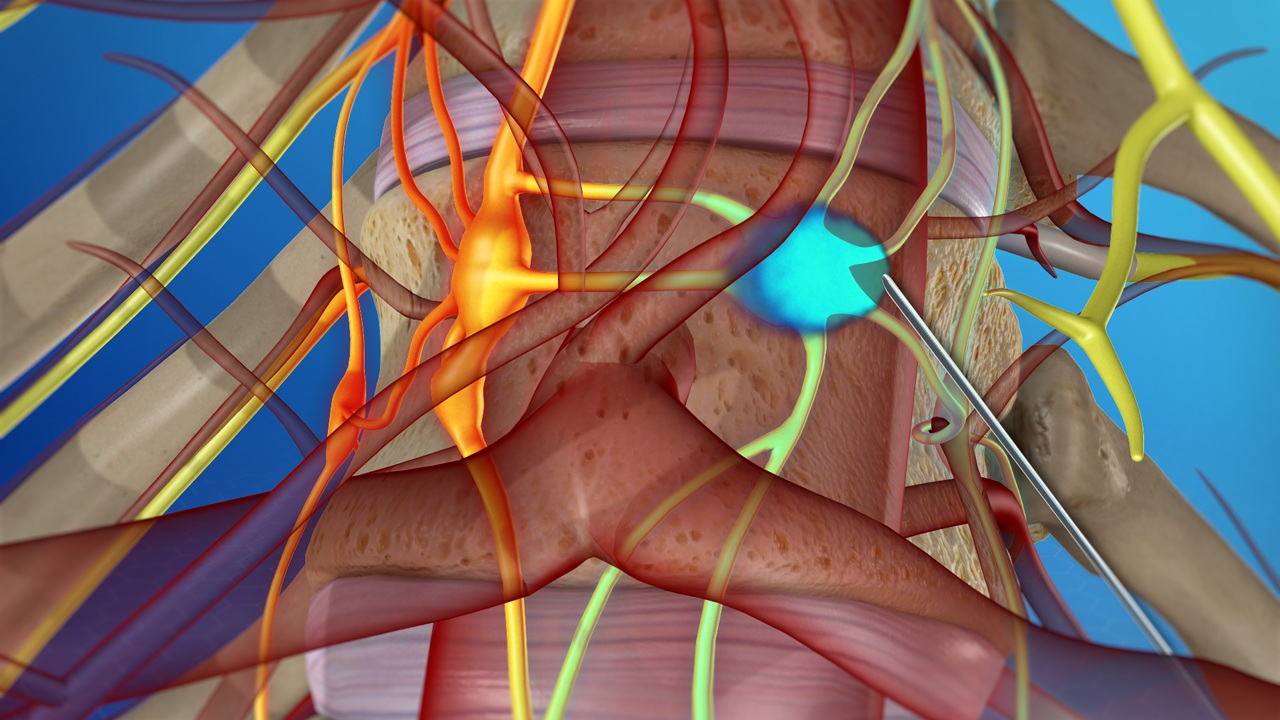
1.jpg)
1.jpg)
1.jpg)
1.jpg)
1.jpg)










2.jpg)
3.jpg)



4.jpg)
1.jpg)
2.jpg)

5.jpg)

6.jpg)
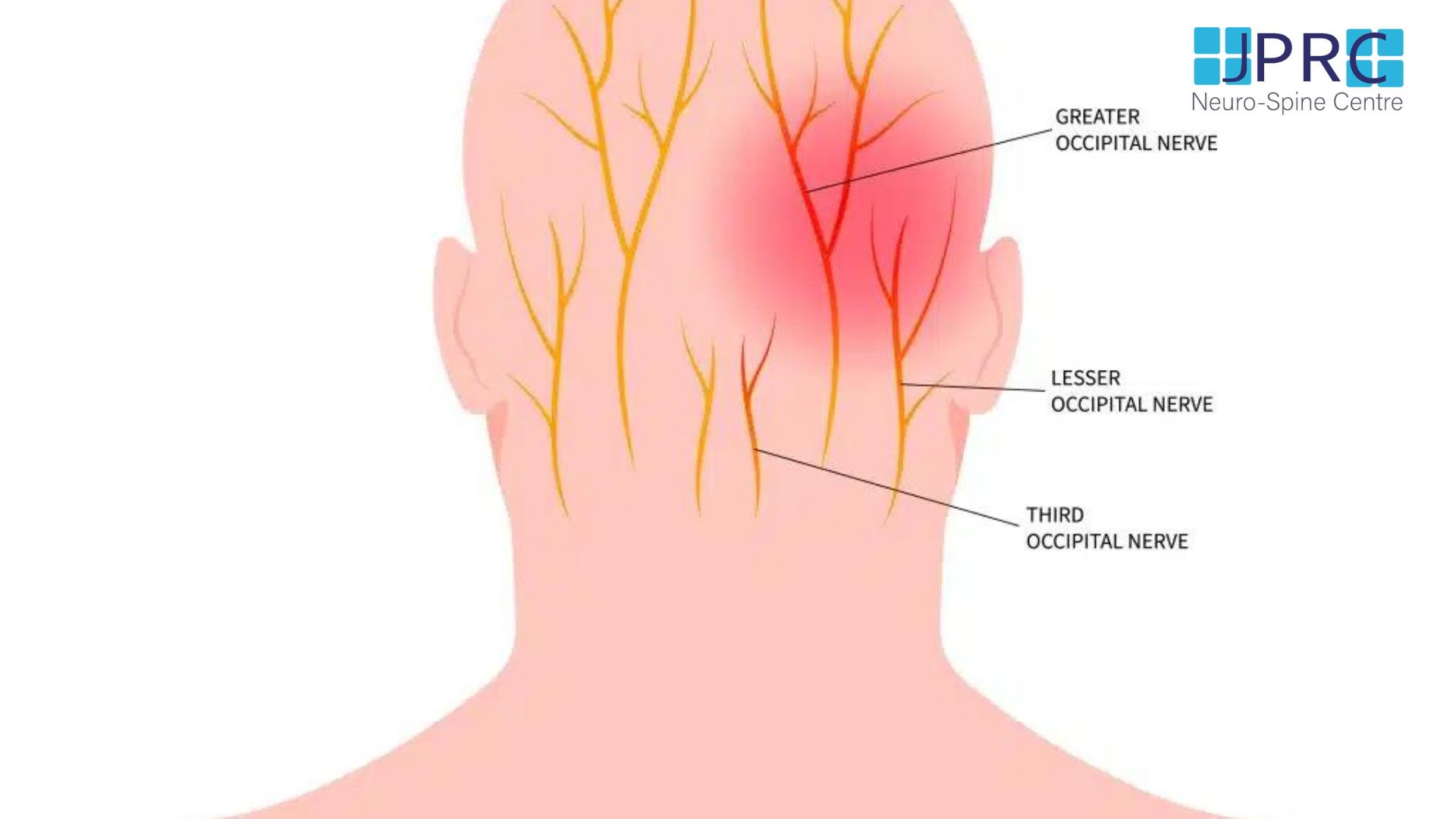
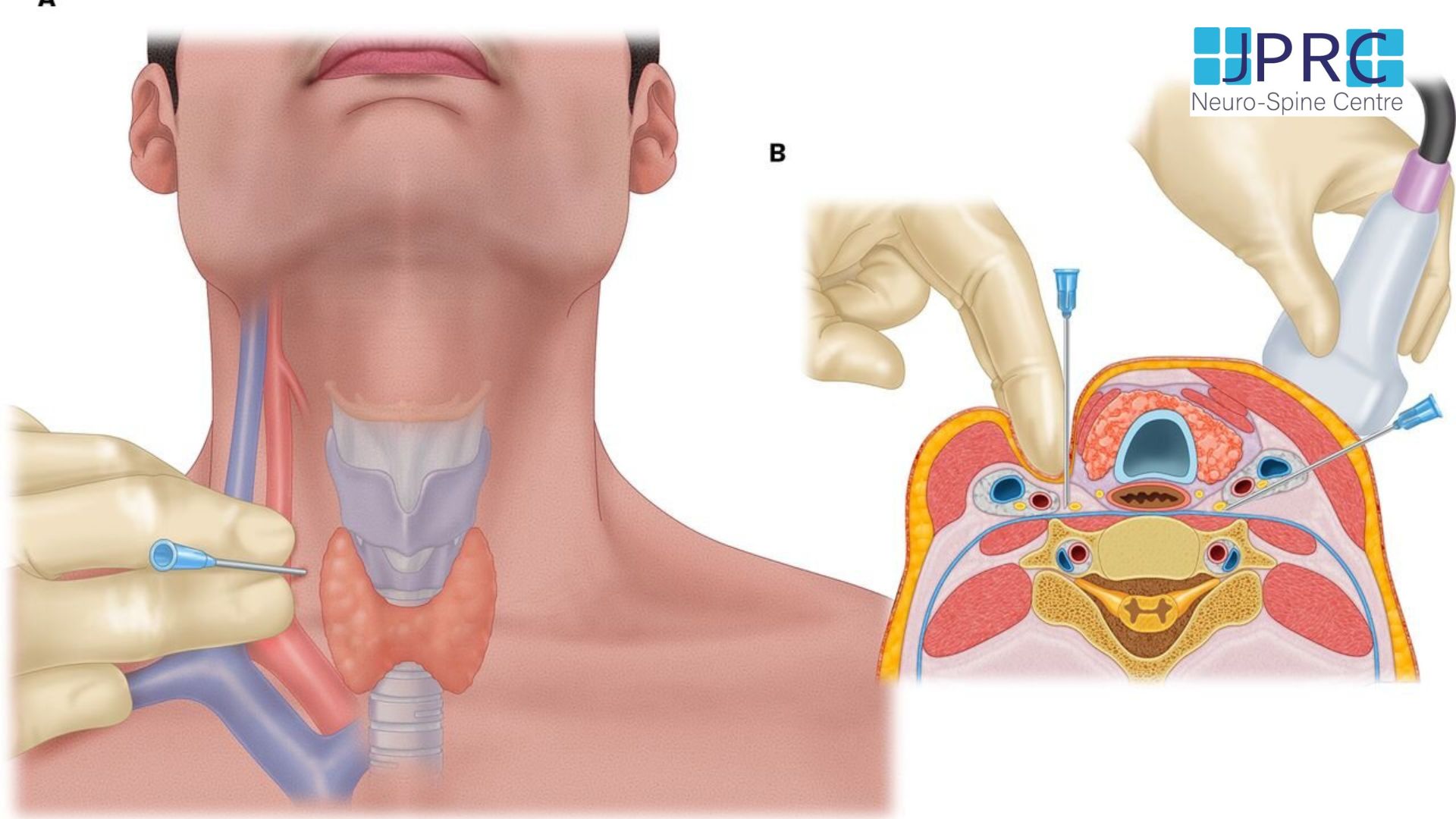


7.jpg)
2.jpg)

8.jpg)

9.jpg)
3.jpg)

10.jpg)

11.jpg)


12.jpg)
4.jpg)


























